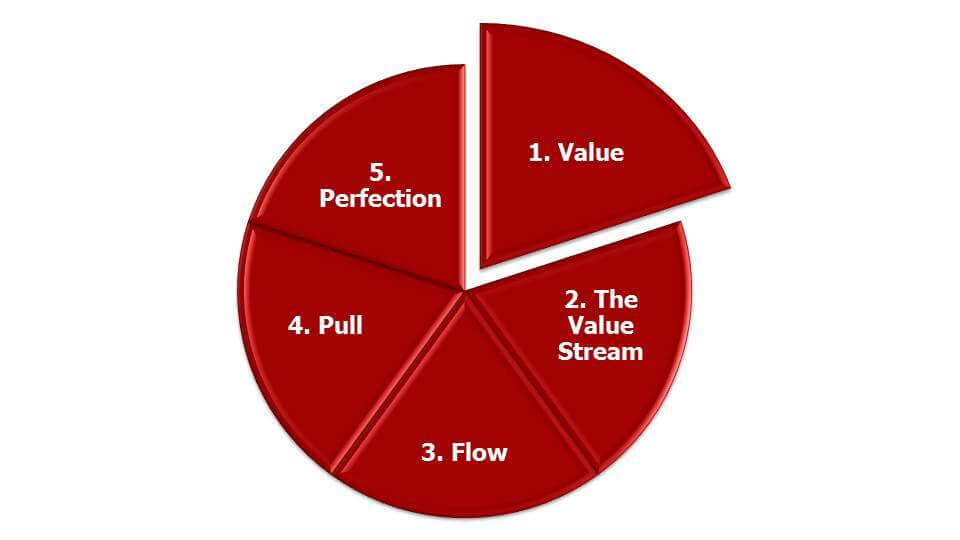Many attempts to implement Lean start by improving processes – mapping value streams in order to highlight waste and attempting to remove it. That’s all well and good but there are limitations to such an approach. The first is that frequently the first Lean Thinking principle – “Specify value through the eyes of the customer” is overlooked. The second is that if all we do is eliminate waste then our efforts amount to little more than sophisticated cost reduction. We must do something with the people we free up and/or the capacity we create when implementing Lean.

As part of my experiments in car retail, we’ve learned the importance of starting by specifying value through the eyes of the customer – identifying performance gaps between the current state and desired state – and focussing on an area where it is easy to see the work.
See the SlideShare of Ricardo Lopes from Grupo Fernando Simao, Portugal:
Watch the YouTube video of Torgeir Halvorsen from Jæger, Norway:
The natural place to see the work in these environments is in the workshop where vehicles are serviced and repaired or in the body shop where accident repair takes place. This insight also applies to other environments. In manufacturing, healthcare and the service sector Lean implementation has traditionally been easier in operations – although we all know it applies across the organisation. Whatever the environment, it comes as no surprise that huge performance improvements can be achieved – in the retail workshop customer fulfilment improvements from 50% to close to 100% (the ability to service or repair right, first time, on time) whilst increasing efficiency to over 200% are achieved very quickly.
With such improvements comes the next challenge – what to do with the excess capacity – the freed up time, people, space and equipment? That’s become one of the important problems to solve at the Halfway Group in South Africa and Botswana and the focus of a number of different, parallel experiments that are helping us to systematically grow the top line of the business – trying to understand how to apply Lean principles to sales.
Our starting point for these experiments has been to define how the organisation creates “value for the customer.” In other words what is the customer purpose when acquiring a vehicle? This involves developing a “Plan For Every Customer” and a “Plan For Every Car” so we can see just how well the organisation provides value. In each site we’ve visualised the performance of the process – from enquiry through customer qualification, demonstration, finance approval to sale. By visualising the sales performance and the gaps between target and actual we’ve worked on closing the largest, improving conversion rates and therefore sales. In other sites a key ingredient has been developing the coaching skills of managers and team leaders so that individual sales performance can be improved. We’ve also run experiments where we’ve mapped the sales value stream and streamlined the physical and information flow management activities of preparing vehicles for handover. Each of these experiments has given us insight – a number of them have helped us close performance gaps – and all have enabled us to think through the next experiments we can try.
At our UK Lean Summit I’m delighted to announce that we have invited Terry O’Donoghue from the Halfway group back to join us. This year Terry and I will deliver a 2 hour breakout session where we will explain how we have been introducing Lean Thinking in sales and what the benefits have been. As a teaser – one of the sites has had a 4 fold increase in sales. I do hope you will be able to join us.